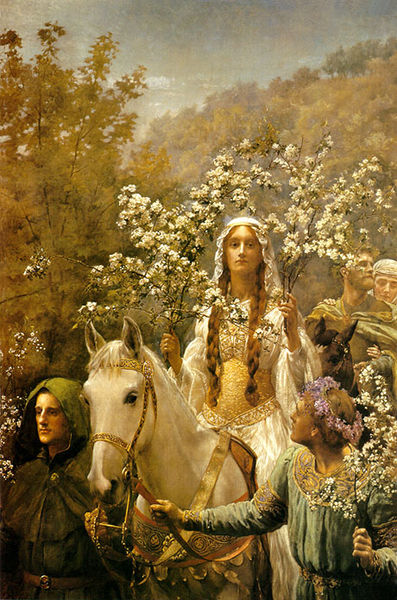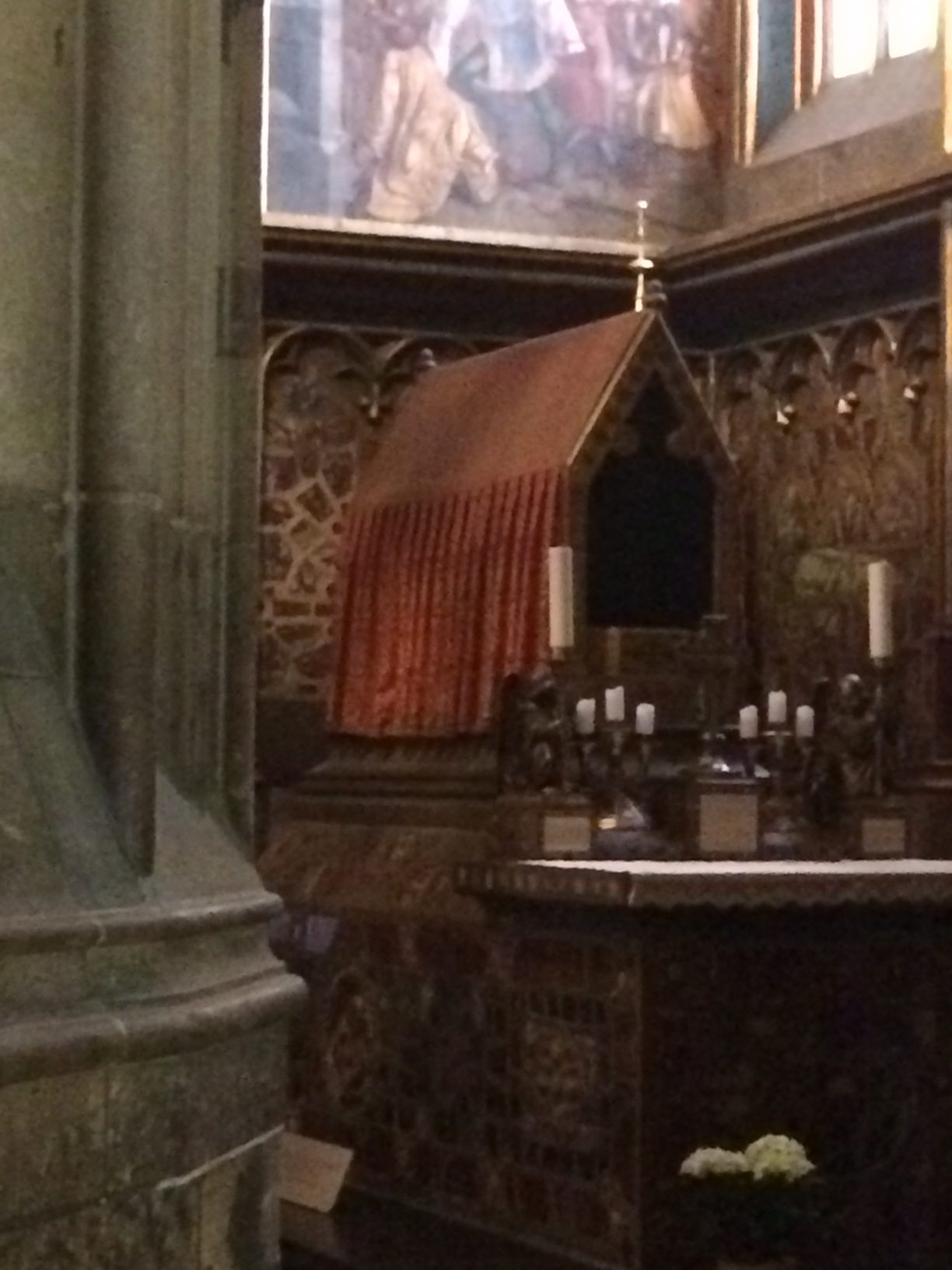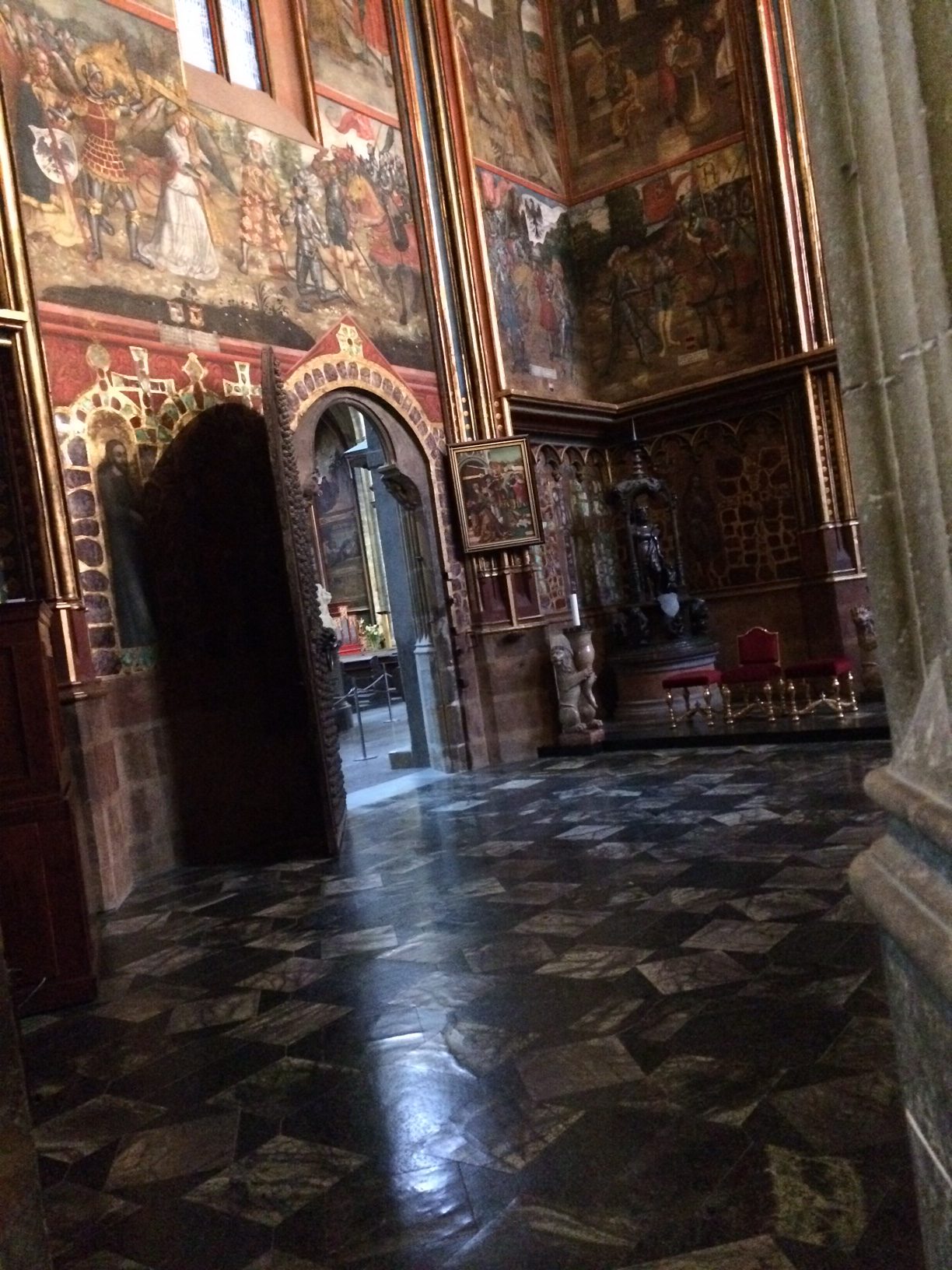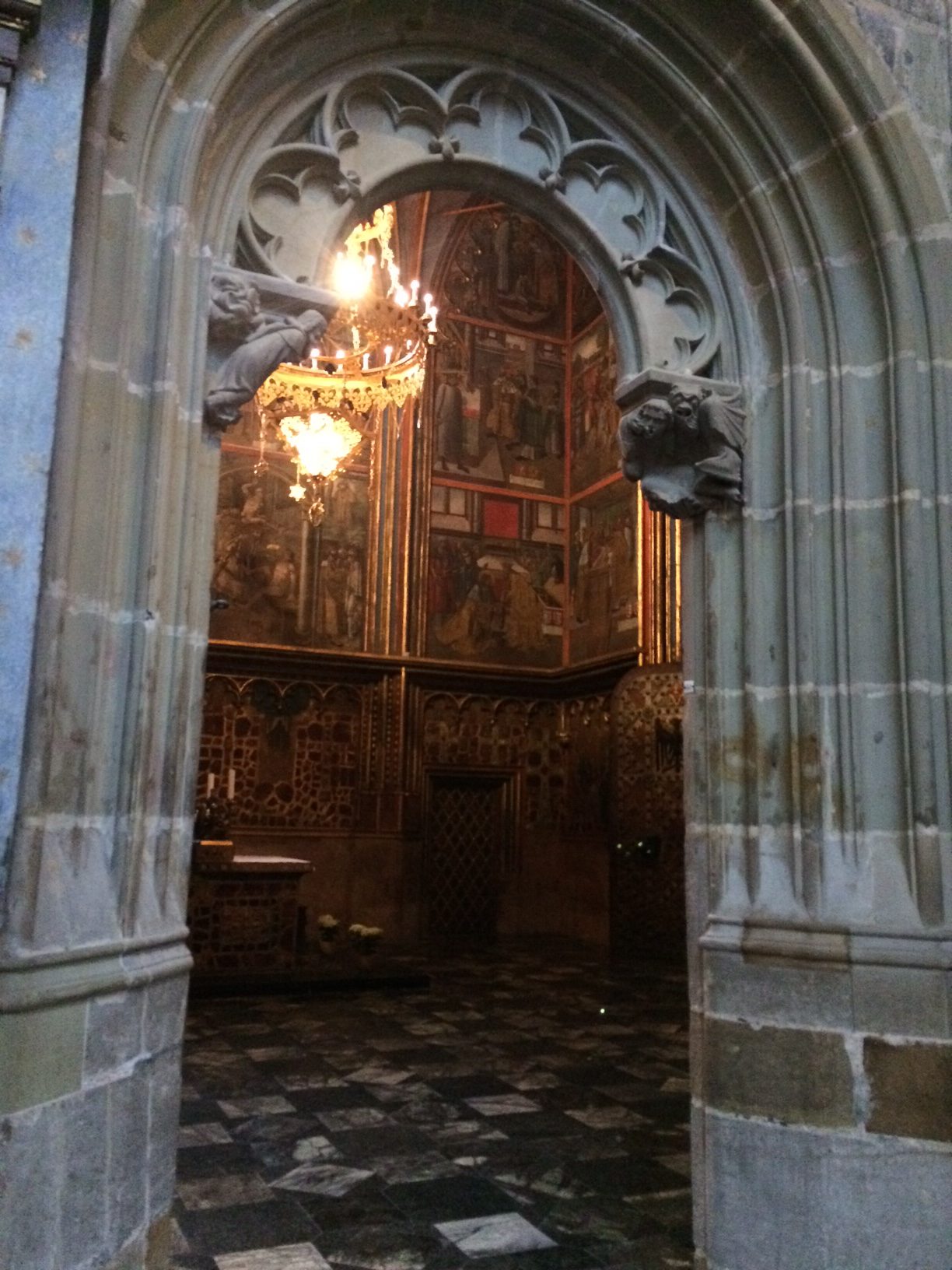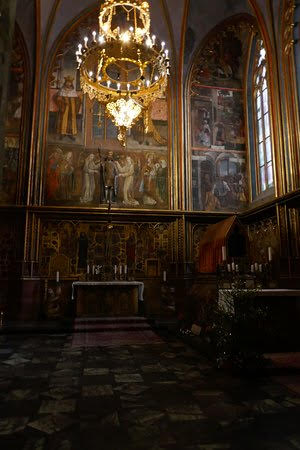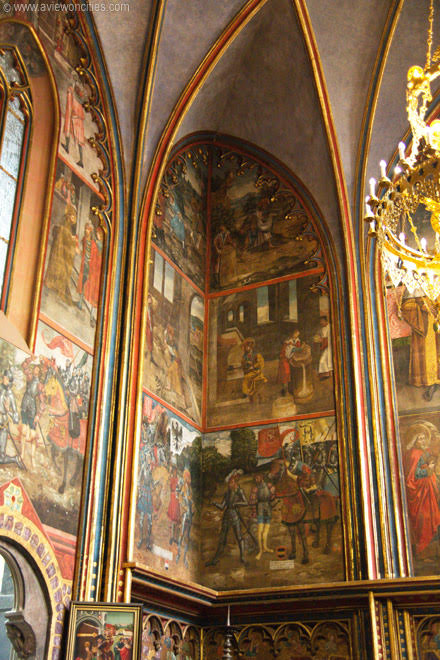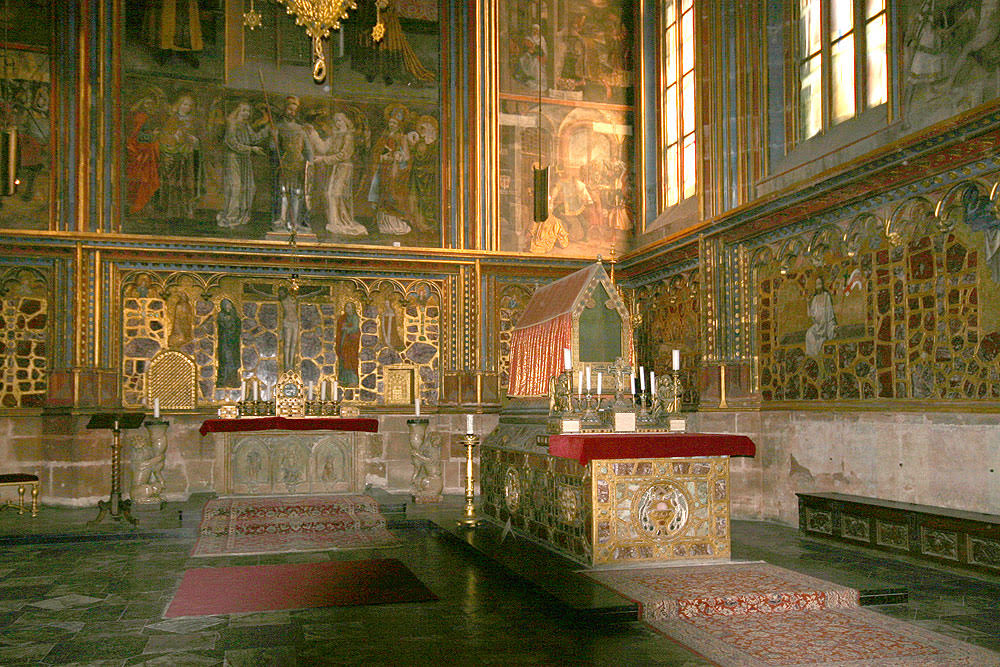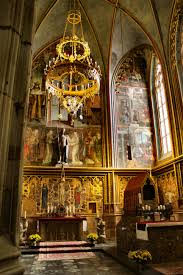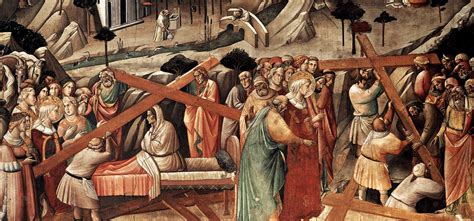
St. Helen tests the crosses she discovers during the excavations of Golgotha in Jerusalem.
St. Helen, the mother of the Emperor Constantine, is said to have discovered the True Cross in Jerusalem. (Because her son Constantine has seen a vision of the Cross when God promised him victory, locating and honoring the Cross was important to her.) Her discovery is known as the “Invention of the Cross;” the word invention means discovery, not just that someone invented or made up something that did not exist before.
The legend says that Adam was buried on a hill near what became the city of Jerusalem and that the hill became known as Golgotha. Adam’s son was given a seed from the Tree of Life in Paradise to plant in Adam’s grave. The seed grew into a tree whose fruit healed the sick. But eventually the tree was cut down and the lumber used for building projects. Some of it was used to build a bridge into Jerusalem and when the Queen of Sheba came to visit Solomon in Jerusalem, she realized how special the wood in the bridge was. She got down off her horse and bowed down in reverence to the wood before going across it. Later, when Jerusalem fell into ruin, the bridge collapsed. Much later, the Roman soldiers found the planks from the old bridge and used them to build the cross that Jesus was crucified on. So the lumber from the seedling of the Tree of Life became the Cross and the blood of Christ, the Second Adam, sprinkled Adam’s bones deep within Golgotha.
(The imagery in this legend expresses in poetic form a lot about the Cross—the ultimate Tree of Life—that is true but difficult to express otherwise. Bridges were metaphors for spiritual and religious practice that enable a person to transcend sin or earthly limitations; “pontifex,” the Latin word for “bridge-builder” also came to mean “priest.” The Queen of Sheba reverenced the material through which God would act to save the world; she is also associated with bringing the Ark of the Covenant (a metaphor for the Incarnation and the role of the Virgin Mary as Mother of God) to Africa for safekeeping—so the Queen of Sheba is twice associated with the ways God uses matter to save the world. The death of the Second Adam on Golgotha released the First Adam and all of us who are Adam’s children.)
When Jerusalem became a Roman city in the 2nd century AD, a temple for Adonis was built atop Golgotha. This helped identify Golgotha and the local Christians never forget what had happened there before the temple had been built. So when St. Helen came to Jerusalem in the early 4th century AD to excavate places important during Jesus’ life, the local Christians could tell her where to begin excavating to discover the place of the Crucifixion.
St. Helen began excavations and found three crosses beneath the temple. She had three sick men brought and touched the crosses to them. Two of the crosses did not heal the sick. One did. She had three dead men brought and the cross that had healed a sick man also raised a dead man.
The cross that healed the sick and raised the dead was identified as Jesus’ cross. It is also said to have been surrounded by lots and lots of basil plants; basil is therefore thought to protect against curses. It is also used to decorate the Cross in churches on feast days and to sprinkle holy water on the faithful coming to celebrate festivals in honor of the Cross.

